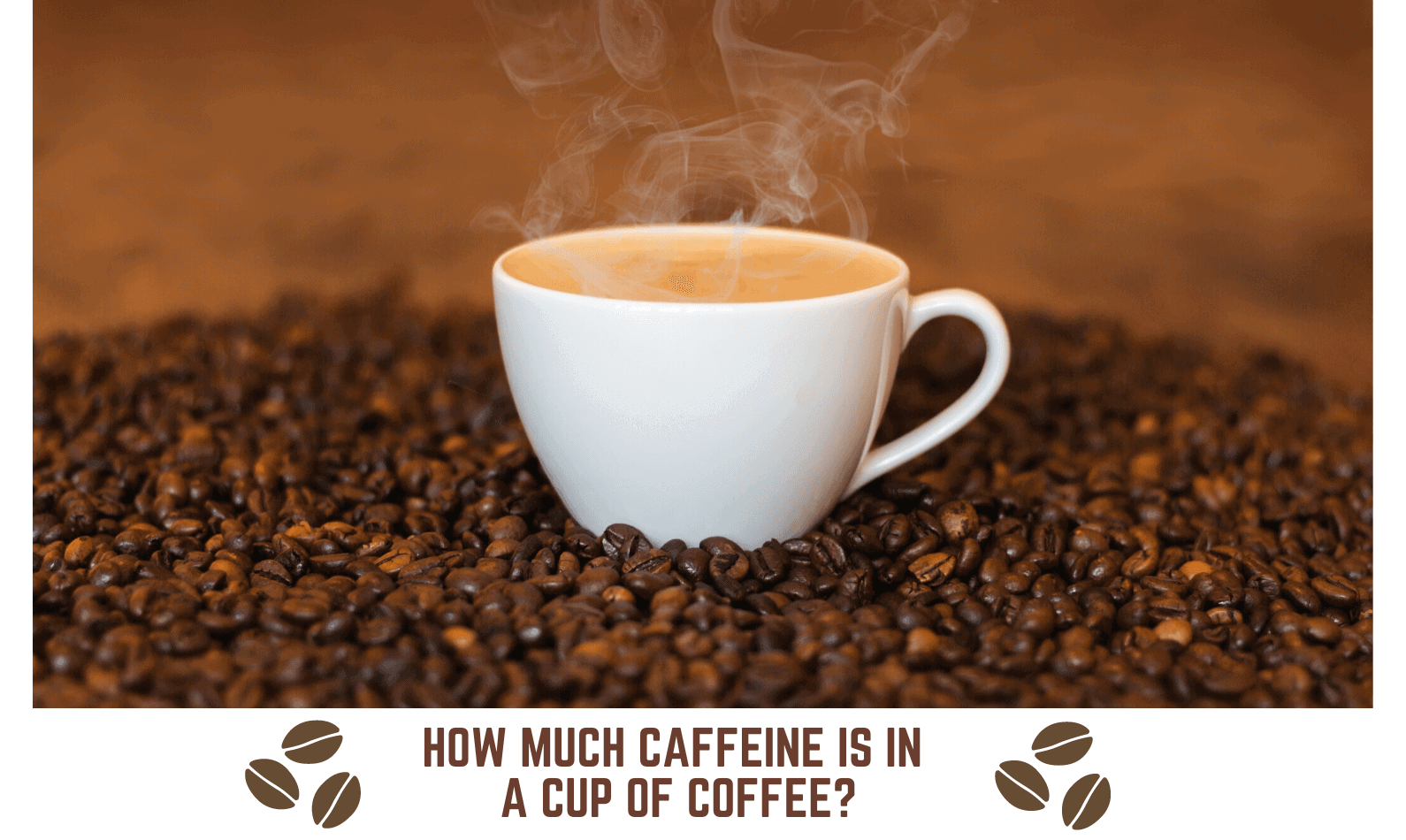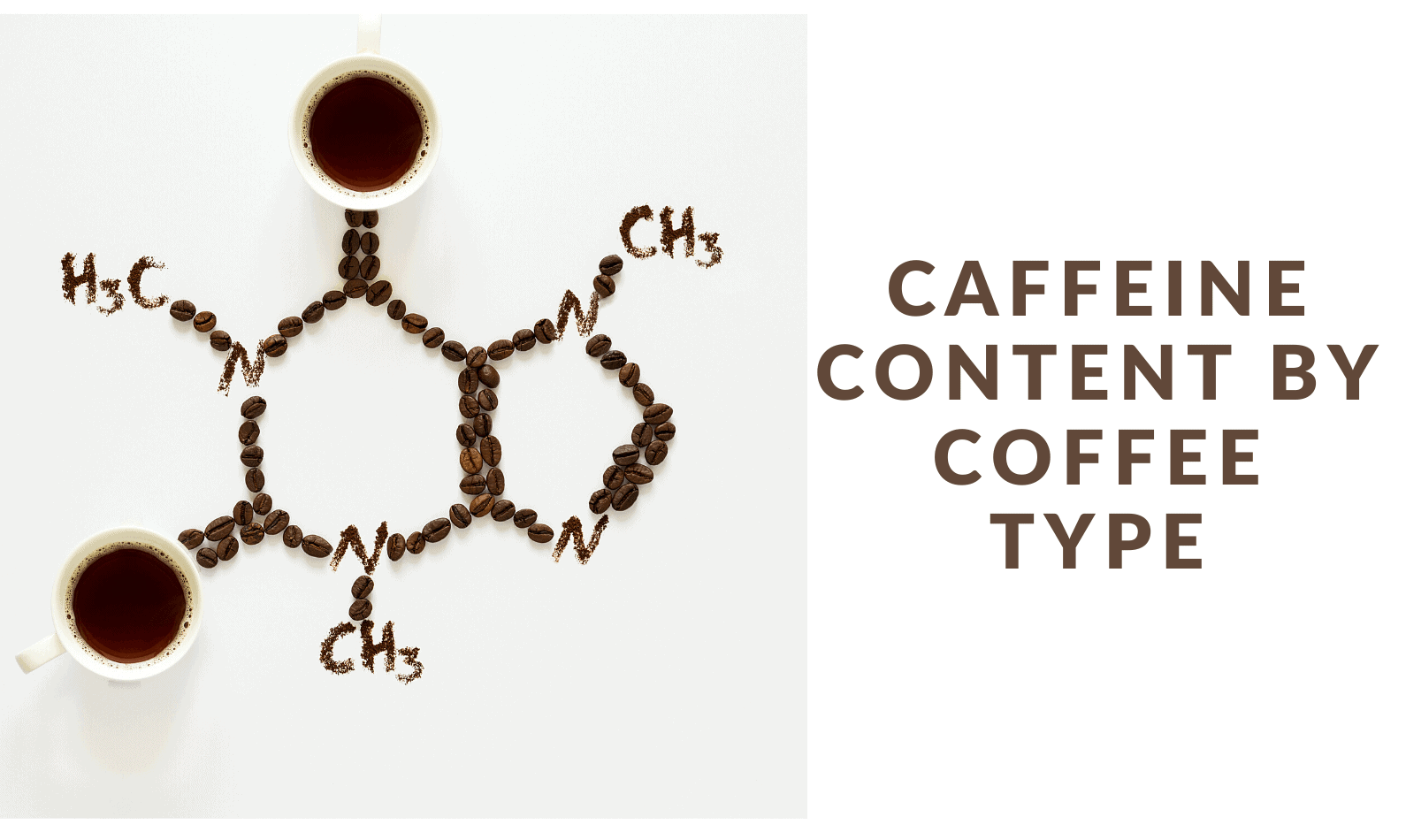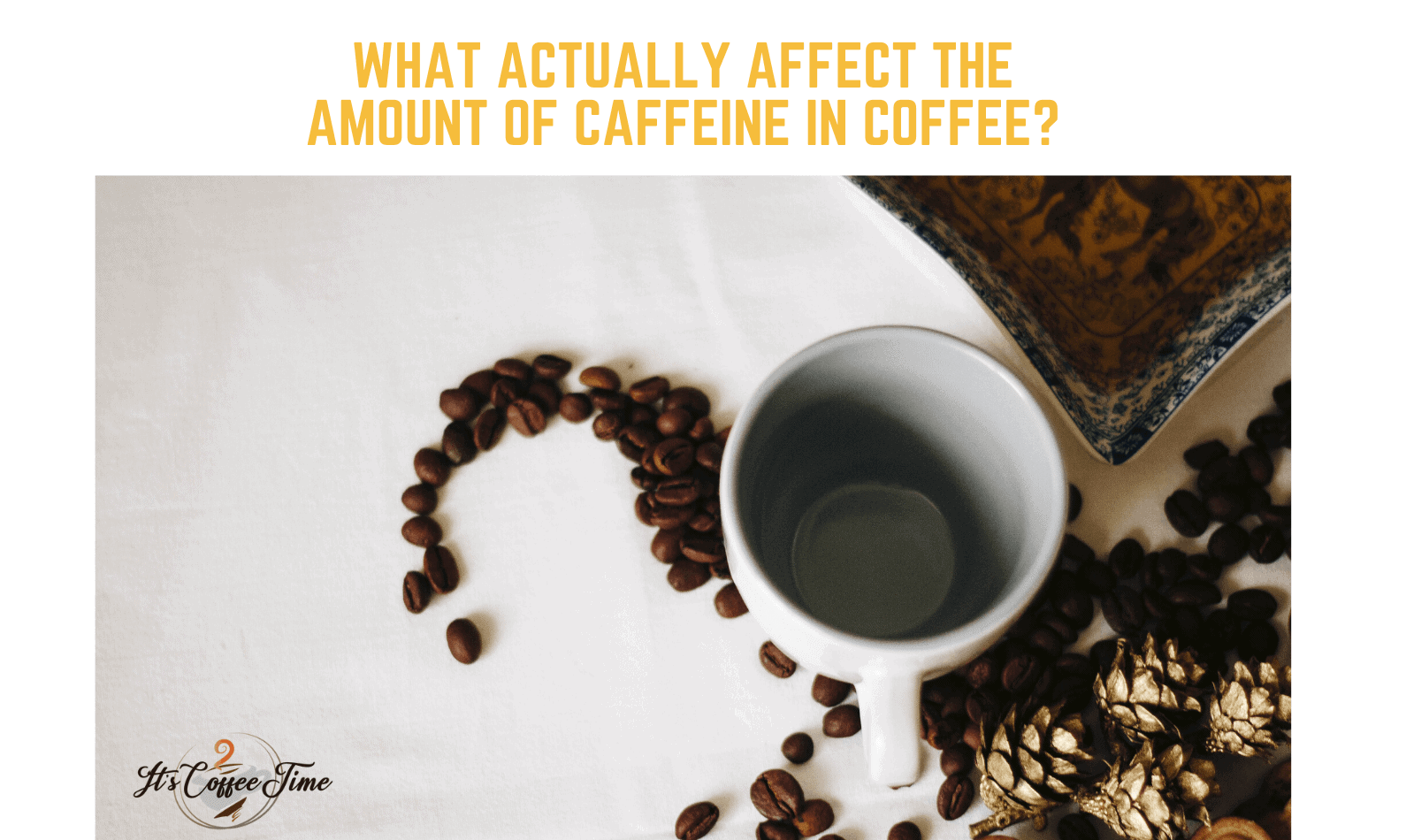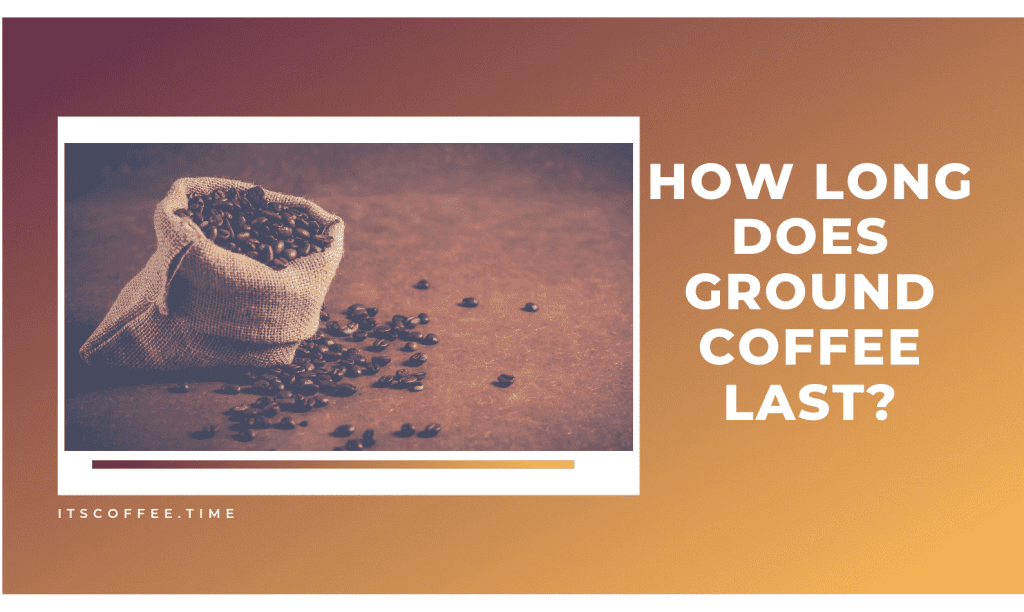How Much Caffeine is in a Cup of Coffee? A Comprehensive Guide: Coffee is one of the most popular drinks and perhaps the most common caffeine source. The amount of caffeine in coffee varies considerably depending on several factors, including size, brewing method, and brand. More than 95 percent of adults in the United States eat foods and beverages containing caffeine, according to the Dietary Recommendations for Americans 2015–2020. U.S. adults consume an average of between 110 and 260 milligrams (mg) of caffeine a day.
A standard 8-ounce (oz.) coffee cup is estimated by the Food and Drug Administration (FDA) to contain about 80–100 mg of caffeine. In this post, we look at the caffeine content of a few different coffee styles and brands. We also cover factors affecting the caffeine content of coffee, other caffeine sources, the recommended daily intake of caffeine, and its side effects. In this article, we will try to find the amount of caffeine in a cup of coffee.
How Much Caffeine is in a Cup of Coffee? Caffeine Content by Coffee Type
Brewed Coffee
Brewed coffee, also known as filter coffee, breeds ground coffee beans in hot water. Usually, this mixture sits in a paper, metal, or plastic filter, which separates the coffee grounds from the brewed coffee. In various ways, people can make brewed coffee, usually using a filter, percolator, or French press. A typical 8-oz cup of brewed coffee contains about 95 mg of caffeine.
Decaffeinated Brewed
Though the name of this coffee is decaffeinated of decaf, the coffee still contains some caffeine. An average 8-oz cup of brewed decaf coffee, for example, contains around 2 mg of caffeine.
Cold Brew
Cold brew coffee is different from iced coffee, simply serving the brewed coffee over ice. Manufacturers steep the coffee grounds in water for anywhere between 8 and 24 hours at room temperature for making cold brew coffee. A study in 2017 found a 12-oz cup of cold brew coffee could contain between 153 mg and 238 mg of caffeine.
Instant Coffee
Making this form of coffee requires applying hot water to the coffee powder or granules instantly. Instant coffee typically contains less caffeine than freshly brewed coffee. A typical 8-oz regular instant coffee cup contains roughly 62 mg of caffeine.
Espresso
Espresso is a strong coffee created by people who push hot water or steam through very fine coffee grounds. Making espresso coffee will include using a mocha pot machine or stovetop. Owing to the high caffeine content, espresso serving sizes are typically much smaller than brewed coffee. Approximately 63 mg of caffeine can be found in a single 1-oz shot of espresso.
Caffeine Content of Popular Coffee Brands
Dunkin’ Donuts
Dunkin’ Donuts is a renowned retailer of coffee and donut, offering a wide variety of caffeinated beverages. The caffeine content of a medium cup (14 oz.) of some of the coffee drinks on sale at Dunkin ‘ Donuts is, according to Caffeine Informer, as follows: coffee brew contains 210 mg. Decaf brewed coffee has 10 mg. Americano contains 249 mg, cold brew has 260 mg, and latte contains 119 gm. Lastly, a single shot of espresso contains 85 mg of caffeine.
Seattle’s Best
In retail stores and drive-thrust and some fast-food restaurants such as Subway and Burger King, people can find Seattle’s Best Coffee Products. According to Caffeine Informer, the following volume of caffeine is found in a small cup (12 oz.) of some of this firm’s coffee products: coffee brew has 260 mg, latte contains 75 mg for traditional and aromatized varieties, mocha has 80 mg. Finally, Seattle’s Best espresso contains 75 mg of caffeine per single shot.
Starbucks
Starbucks is one of the world’s most popular coffee brands. The company lists its coffee products’ caffeine content in its online drinks menu and other nutritional information. The caffeine content of a large cup (12 oz.) of any of the Starbucks’ beverages is pike roast in place: 235 mg, pike place decaf roast: 20 mg, hot foam brew, hot: 155 mg, macchiato caramels: 75 mg, and apple cappuccino: 75 mg.
What Actually Affect the Amount of Caffeine in Coffee?
Several factors influence the caffeine content of a cup of coffee. The type of coffee bean is one of the principal factors. There are many different coffee plant species, and the caffeine content of coffee beans from different plants varies. The two most popular plant species used for coffee beans production are:
- Coffea Arabica is popularly referred to as Arabica.
- Coffea Canephora, known most as Robusta
Robusta coffee beans usually contain about twice as much caffeine as Arabica beans, according to a 2016 report. Researchers found that Arabica beans contain 34.1–38.5 g per kg of dry coffee, while Robusta beans contain 68.6–81.6 g of caffeine per kg of dry coffee.
Certain factors that can influence the caffeine content of a cup of coffee include:
- The Roast Type
- The method of brewing
- How much ground coffee does a person uses during the brewing process
- The size of a serving
What are the Other Sources of Caffeine?
While coffee is probably the most common source of caffeine, this is included in many other foods and beverages. However, the FDA does not allow manufacturers to mention the amount of caffeine on packaged foods, drinks, or dietary supplements.
A few other common sources of caffeine are discussed below:
-
Tea
Tea contains varying caffeine levels, but the amount is usually smaller than that of a cup of coffee of a similar size. For example, an 8-oz cup of green tea contains about 28 mg of caffeine, while black tea has about 47 mg of caffeine on the same serving size.
-
Soft Drinks
Soft drinks, such as sodas and fruit-flavored drinks, can also sometimes contain caffeine. An average 12-oz can of cola, for example, contains about 33 mg of caffeine.
-
Energy Drink
Energy drinks also contain very high amounts of caffeine and sugar. This caffeine may either be synthetic or from natural sources such as the leaves of guarana. The content of energy drinks containing caffeine varies considerably between brands. According to the FDA, the caffeine content of those drinks typically ranges from 40 to 250 mg per 8 oz. Some energy drink brands may, however, contain up to 316 mg of caffeine per 8 oz.
-
Chocolate
Naturally, chocolate contains caffeine, but the amount varies depending on the chocolate’s cacao content. Darker chocolate usually has more caffeine than lighter chocolate or milk chocolate. For example, a 1-oz serving of chocolate has a caffeine content of:
- Cocoa solids 45–59 percent: 12 mg
- Cocoa solids 60–69 percent: 24 mg
- Cocoa solids 70–85 percent: 23 mg
Medication
Some over-the-counter and prescription drugs contain caffeine to help improve pain relief. For example, menstrual relief’s maximum strength is a combination of 500 mg of acetaminophen, 15 mg of pyrilamine maleate, and 60 mg of caffeine.
Read more about How to Get Coffee Stain Out of Carpet?
How Much Caffeine is in a Cup of Coffee? Bottom Line
Drinking coffee and any other caffeinated beverage is really no big deal for most of us, assuming we are not going overboard. Still, for others, avoiding or at least limiting your daily intake of caffeine is essential. But that doesn’t mean that you’ve got to give up your normal cup of coffee that you love every day. Knowing and realizing how much caffeine is in a cup of coffee and how much you want every day, you can schedule your diet accordingly so that you don’t overdo it with caffeine consumption while still brewing a nice cup of coffee every day.




